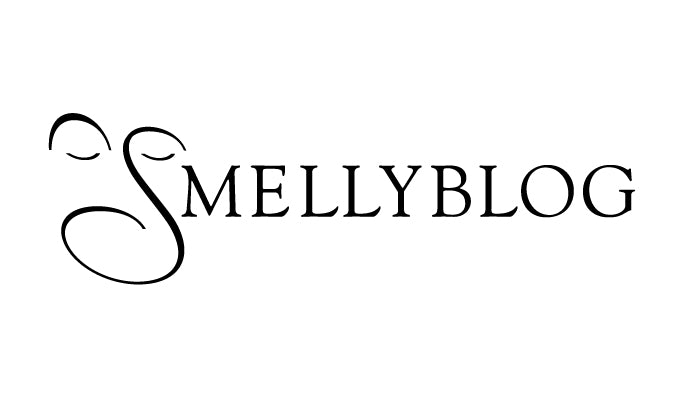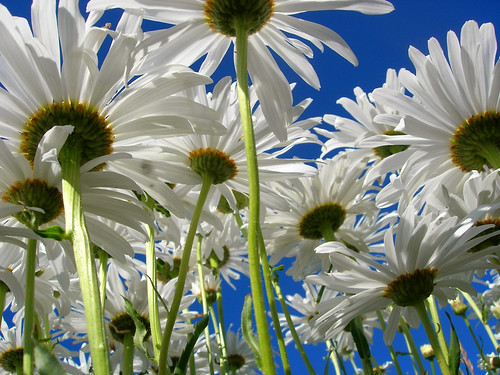Opium
 When Yves Saint Laurent released Opium in 1977, he didn’t really invent anything new. By that time, women and men have both been exposed to the concept of a dry, spicy oriental that captures the senses to the point of tingling numbness. Tabu in 1932 unleashed the concept of a forbidden concoction of spices over a dry animalic base of patchouli and civet. And 20 years later an innocent bath oil called Youth Dew created a dangerous stir of feminine independence with its deadly dose of both eugenol and indole.
When Yves Saint Laurent released Opium in 1977, he didn’t really invent anything new. By that time, women and men have both been exposed to the concept of a dry, spicy oriental that captures the senses to the point of tingling numbness. Tabu in 1932 unleashed the concept of a forbidden concoction of spices over a dry animalic base of patchouli and civet. And 20 years later an innocent bath oil called Youth Dew created a dangerous stir of feminine independence with its deadly dose of both eugenol and indole.What YSL did do was take the concept of the dry oriental and re-package and re-brand it as a drug. Although there is the element of seduction of the other sex in most of the ads I’ve seen, for the most part Opium ads played on the seduction of oneself, by the perfume itself. The bottle was designed as a vessel for potent drug (taking it’s inspiration from both Chinese opium snuff bottles and Samurai Inro), and I can’t think of any other instances when I actually identified with the look on the actress’s face after anointing her skin with this liquid: her eyes closed as she is transported by heavy sedation I can already sense her heartbeats slowing down and the dulled pain of lost love replaced by hallucinations:
I suppose there was no better time for Opium than the end of the 70’s, by than substance abuse has become pretty much socially acceptable by a large part of the Western culture (at least when it came to cannabis) But all the same managed to create quite a controversy, and have continued to do so even recently (2000), with the ad starring Sophie Dahl in a very revealing attire (she’s wearing nothing but gold stilettos) posing in a manner that probably made those who opposed it to think she’s been just drugged and can be taken advantage of by whomever happen to pass by. By the way, am I the only one who sees the similarity to the poster of the movie "Perfume"?

Opium as a perfume created a doorway between the past and into the (than) future of loud powerhouse perfumes of the 80’s (Poison included); and to prove my point here is Linda Evangelista armed with shoulder pads while shopping for Opium in a Chinese market:
And as a scent it is indeed seductive to the point of being sedative. That can be related to the overdose of eugenol, a molecule that is present in clove and is in part responsible for the anesthetic properties of this spice. The spices used are ancient and their concentration is so high that it could come across as medicinal. In fact, I have heard someone was using Opium body lotion to relieve arthritis pain (do consult your doctor first if you intend to rely on Opium to cure your ailments!).
I have to admit that my Opium substance abuse is pretty limited to the “Opium Lite” of the summer versions, Fleur de Shanghai being one of my all-time favourite perfumes.
Opium in its parfum form (which is what I am reviewing here) can be likened to a smoldering smoke of incense and spices and a thick chai tea. It opens with clove buds stuck in the peel of dried orange, familiar like a pomander and intensely so. Pimento berries also add a more complex aspect to the mostly-eugenolic character of the opening; pepper suggests dryness and cinnamon adds sweetness.
The heart notes are floral, most notably orange blossom and carnation. But to say the heart feels floral would be an exaggeration. Although jasmine, rose and ylang ylang are present, they are hidden behind plenty of carnation and more cloves; the floral notes in this oriental in particular have the role of smoothing things out without sticking out or showing their true colours.
The underlying resins are what make Opium stand apart from Tabu and Youth Dew though; if Tabu concentrated on the patchouli and vetiver and Youth Dew is all about indole and eugenol (even more civet than in Tabu) – Opium returns to the cradle of perfume civilization by using a large proportion of opoponax with its powdery, animalic and resinous-sweet qualities, backed up by the dry and sweet bitterness of myrrh and the woody-dry qualities of patchouli. There is a touch of sweetness that is never overly done originated in vanilla and benzoin resin. Both notes serve to accentuate the hint of sweetness present in opoponaz and myrrh. There is no animalic element here that I’m aware of. The pairing of eugenol and resins creates a deep reaction, perhaps connected to the history of incense and Chinese herbal medicine which is quite appropriate with the name borrowing from one of the most ancient and potent drugs used in human history (it was used as far back as in the Sumerian civilization, which is also the oldest civilization to have used incense).
And what’s more interesting - Opium could have easily been an all-natural perfume. Despite the fact that it does include synthetics, it is entirely the natural notes that create the “Opium” character – neither the aldehydes nor the coumarin are responsible for that unique effect.

Top notes: Clove, Pepper, Pimento, Orange
Heart notes: Carnation, Orange Blossom, Jasmine, Rose, Ylang Ylang
Base notes: Opoponax, Myrrh, Patchouli, Benzoin, Vanilla
 And last but not least is this irresistible spoof ad. It is only now after Yves Saint Laurent's death I understand that perhaps the choice for the name of this perfume is a little more personal than I thought before. It is more than just probable that he has chosen to draw from his own life experience and give it a different interpretation, through fragrance (And Kate Moss is notorious for several other things besides being the queen of perfume ads over the past 2 decades... I simply couldn't resist posting this!). In the context of addiction and drug abuse, perfume has a very harmless role, even if easily suggestive of both seduction and addiction by the mere fact that is usually applied to the pulse points and ultimately inhaled afterwards.
And last but not least is this irresistible spoof ad. It is only now after Yves Saint Laurent's death I understand that perhaps the choice for the name of this perfume is a little more personal than I thought before. It is more than just probable that he has chosen to draw from his own life experience and give it a different interpretation, through fragrance (And Kate Moss is notorious for several other things besides being the queen of perfume ads over the past 2 decades... I simply couldn't resist posting this!). In the context of addiction and drug abuse, perfume has a very harmless role, even if easily suggestive of both seduction and addiction by the mere fact that is usually applied to the pulse points and ultimately inhaled afterwards.






